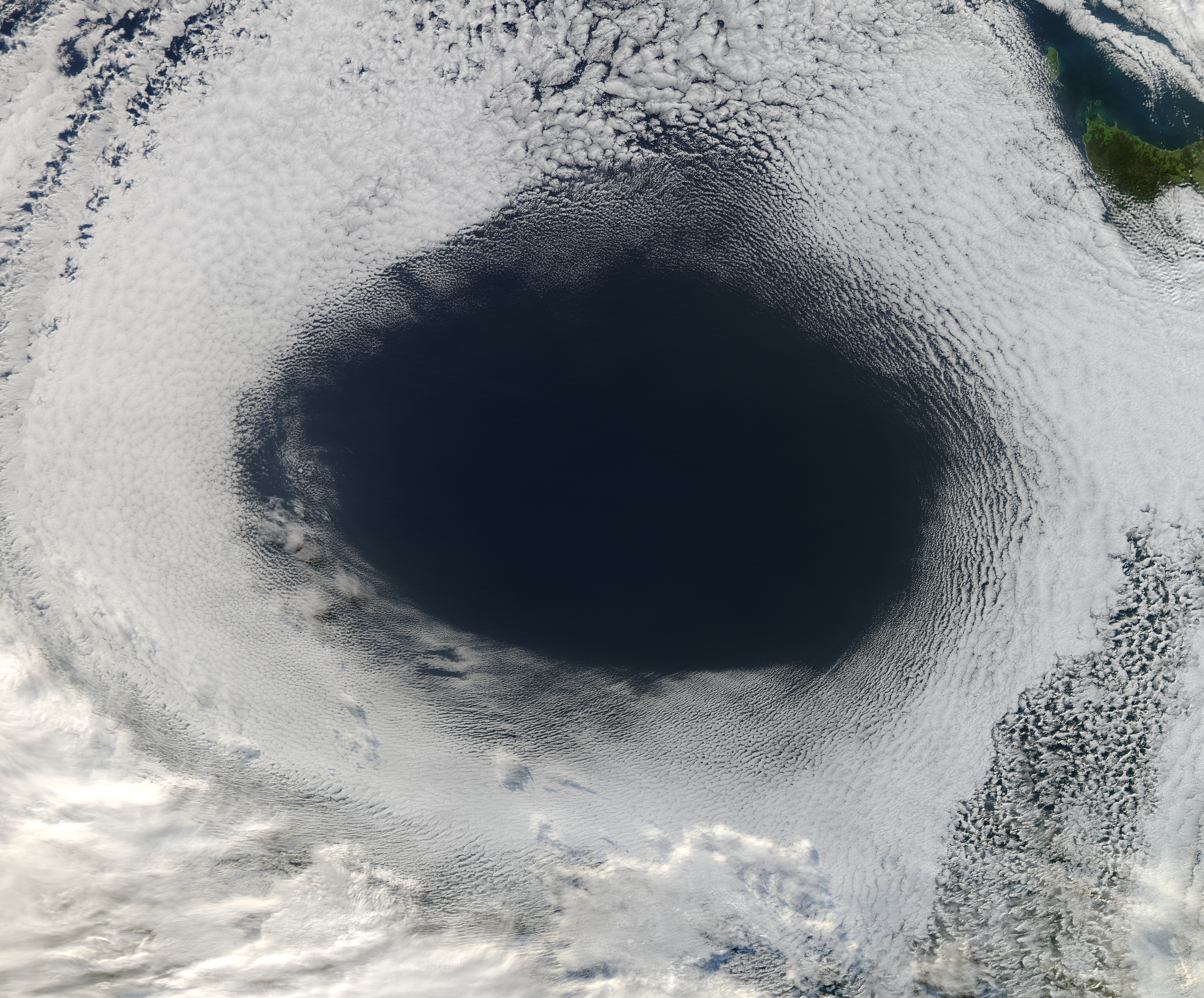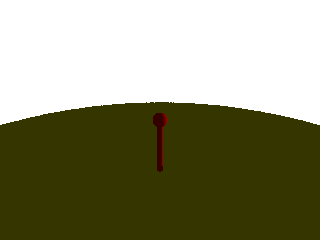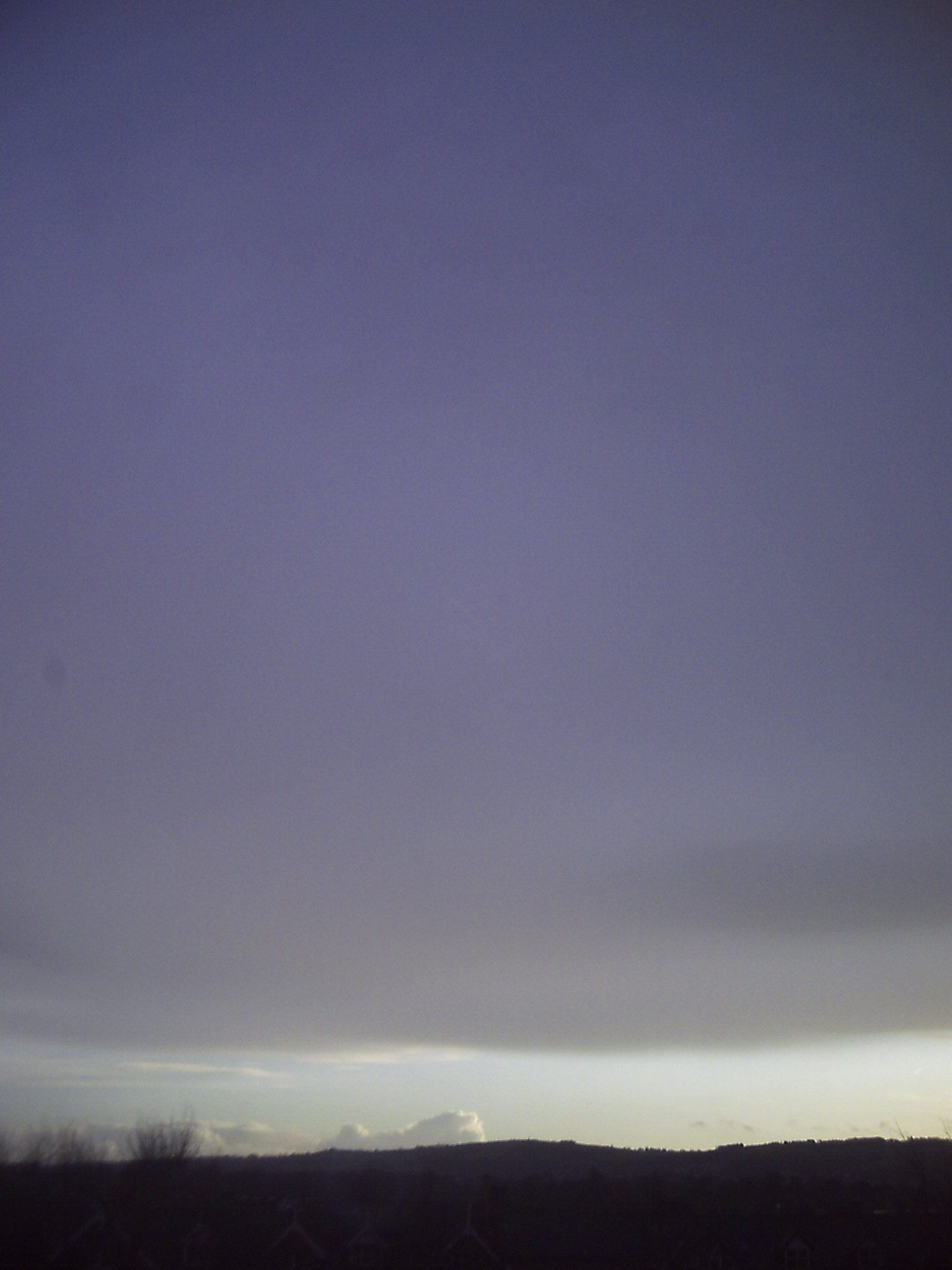|
Australian High
The Australian High, also known as the Australian subtropical ridge, is a large, semi-permanent high pressure system, high pressure area or subtropical anticyclone that seasonally vacillates between the Great Australian Bight in the south to the Northern Territory in the north. It is generally located between 25 and 40 degrees of south latitude, depending on the season. In summer, it typically sits over southern Australia as an Australian Bight High, where it generally provides dry weather in the proximate region. In winter it normally moves north, therefore permitting cold fronts and low pressure systems to relocate up from the Great Australian Bight and bring rainfall to most parts of southern Australia. The high is part of the subtropical ridge system and it is the reason why a deserts of Australia, large part of Australia is arid to semi-arid. [...More Info...] [...Related Items...] OR: [Wikipedia] [Google] [Baidu] |
Anticlockwise
Two-dimensional rotation can occur in two possible directions or senses of rotation. Clockwise motion (abbreviated CW) proceeds in the same direction as a clock's hands relative to the observer: from the top to the right, then down and then to the left, and back up to the top. The opposite sense of rotation or revolution is (in Commonwealth English) anticlockwise (ACW) or (in North American English) counterclockwise (CCW). Three-dimensional rotation can have similarly defined senses when considering the corresponding angular velocity vector. Terminology Before clocks were commonplace, the terms "sunwise" and "deasil", "deiseil" and even "deocil" from the Scottish Gaelic language and from the same root as the Latin "dexter" ("right") were used for clockwise. "Widdershins" or "withershins" (from Middle Low German "weddersinnes", "opposite course") was used for counterclockwise. The terms clockwise and counterclockwise can only be applied to a rotational motion once a side of ... [...More Info...] [...Related Items...] OR: [Wikipedia] [Google] [Baidu] |
Subtropical Ridge
The horse latitudes are the latitudes about 30 degrees north and south of the Equator. They are characterized by sunny skies, calm winds, and very little precipitation. They are also known as subtropical ridges or highs. It is a high-pressure area at the divergence of trade winds and the westerlies. Etymology A likely and documented explanation is that the term is derived from the "dead horse" ritual of seamen (see Beating a dead horse). In this practice, the seaman paraded a straw-stuffed effigy of a horse around the deck before throwing it overboard. Seamen were paid partly in advance before a long voyage, and they frequently spent their pay all at once, resulting in a period of time without income. This period was called the "dead horse" time, and it usually lasted a month or two. The seaman's ceremony was to celebrate having worked off the "dead horse" debt. As west-bound shipping from Europe usually reached the subtropics at about the time the "dead horse" was worke ... [...More Info...] [...Related Items...] OR: [Wikipedia] [Google] [Baidu] |
New Zealand
New Zealand () is an island country in the southwestern Pacific Ocean. It consists of two main landmasses—the North Island () and the South Island ()—and List of islands of New Zealand, over 600 smaller islands. It is the List of island countries, sixth-largest island country by area and lies east of Australia across the Tasman Sea and south of the islands of New Caledonia, Fiji, and Tonga. The Geography of New Zealand, country's varied topography and sharp mountain peaks, including the Southern Alps (), owe much to tectonic uplift and volcanic eruptions. Capital of New Zealand, New Zealand's capital city is Wellington, and its most populous city is Auckland. The islands of New Zealand were the last large habitable land to be settled by humans. Between about 1280 and 1350, Polynesians began to settle in the islands and subsequently developed a distinctive Māori culture. In 1642, the Dutch explorer Abel Tasman became the first European to sight and record New Zealand. ... [...More Info...] [...Related Items...] OR: [Wikipedia] [Google] [Baidu] |
Tasman Sea
The Tasman Sea is a marginal sea of the South Pacific Ocean, situated between Australia and New Zealand. It measures about across and about from north to south. The sea was named after the Dutch explorer Abel Janszoon Tasman, who in 1642 was the first known person to cross it. British explorer Lieutenant James Cook later extensively navigated the Tasman Sea in the 1770s during his three voyages of exploration. The Māori people of New Zealand call this sea ''Te Moana-a-Rehua'' meaning 'the sea of Rehua' which clashes with the Pacific waters named ''Te Tai-o-Whitirea'' ('the sea of Whitirea') – after Whitirea, Rehua's lover – at Cape Reinga, the northernmost tip of North Island. Climate The south of the sea is passed over by depressions going from west to east. The northern limit of these westerly winds is near to 40th parallel south, 40°S. During the southern winter, from April to October, the northern branch of these winds from the west changes its direction toward th ... [...More Info...] [...Related Items...] OR: [Wikipedia] [Google] [Baidu] |
Cloud Hole
A fallstreak holealso known as a cavum, hole punch cloud, punch hole cloud, skypunch, cloud canal, or cloud holeis a large gap, usually circular or elliptical, that can appear in cirrocumulus or altocumulus clouds. The holes are caused by supercooled water in the clouds suddenly evaporating or freezing, and may be triggered by passing aircraft. Such clouds are not unique to any one geographic area and have been photographed from many places. Due to their rarity and unusual appearance, fallstreak holes have been mistaken for or attributed to unidentified flying objects. Origin Such holes are formed when the water temperature in the clouds is below freezing, but the water, in a supercooled state, has not frozen yet due to the lack of ice nucleation. When ice crystals do form, a domino effect is set off due to the Wegener-Bergeron-Findeisen process, causing the water droplets around the crystals to evaporate; this leaves a large, often circular, hole in the cloud. It is th ... [...More Info...] [...Related Items...] OR: [Wikipedia] [Google] [Baidu] |
ABC TV (Australian TV Channel)
ABC TV, formerly known as ABC1, is an Australian national public television network. It is owned and operated by the Australian Broadcasting Corporation, and is the flagship (broadcasting), flagship ABC Television (Australian TV network), ABC Television network. The headquarters of the ABC TV channel and the ABC are in Ultimo, New South Wales, Ultimo, an inner-city suburb of Sydney. The very first public broadcasting, national public television station in Australia officially and formally formal full grand opening night ceremony took place by Prime Minister of Australia Robert Menzies in ABN (TV station), Sydney at stroke of night 7:00:00pm Time in Australia, Sydney Time on 5 November 1956 as ABC National Television Service under the call sign ABN (TV station), ABN-2 with the very first main flagship television presented by Michael Charlton (journalist), Michael Charlton and James Dibble reading the very first television news, main flagship television news bulletin, followed ... [...More Info...] [...Related Items...] OR: [Wikipedia] [Google] [Baidu] |
Low-pressure Area
In meteorology, a low-pressure area (LPA), low area or low is a region where the atmospheric pressure is lower than that of surrounding locations. It is the opposite of a high-pressure area. Low-pressure areas are commonly associated with inclement weather (such as cloudy, windy, with possible rain or storms), while high-pressure areas are associated with lighter winds and clear skies. Winds circle anti-clockwise around lows in the northern hemisphere, and clockwise in the southern hemisphere, due to opposing Coriolis forces. Low-pressure systems form under areas of wind divergence that occur in the upper levels of the atmosphere (aloft). The formation process of a low-pressure area is known as cyclogenesis. In meteorology, atmospheric divergence aloft occurs in two kinds of places: * The first is in the area on the east side of upper troughs, which form half of a Rossby wave within the Westerlies (a trough with large wavelength that extends through the troposphere). * A ... [...More Info...] [...Related Items...] OR: [Wikipedia] [Google] [Baidu] |
Cold Front
A cold front is the leading edge of a cooler mass of air at ground level that replaces a warmer mass of air and lies within a pronounced surface Trough (meteorology), trough of Low-pressure area, low pressure. It often forms behind an extratropical cyclone (to the west in the Northern Hemisphere, to the east in the Southern Hemisphere, Southern), at the leading edge of its cold air Advection#Meteorology, advection pattern—known as the cyclone's dry "conveyor belt" flow. Temperature differences across the boundary can exceed from one side to the other. When enough moisture is present, rain can occur along the boundary. If there is significant Convective instability, instability along the boundary, a Squall line, narrow line of thunderstorms can form along the frontal zone. If instability is weak, a broad shield of rain can move in behind the Weather front, front, and evaporative cooling of the rain can increase the temperature difference across the front. Cold fronts are stronger ... [...More Info...] [...Related Items...] OR: [Wikipedia] [Google] [Baidu] |
Frontal System
A weather front is a boundary separating air masses for which several characteristics differ, such as air density, wind, temperature, and humidity. Disturbed and unstable weather due to these differences often arises along the boundary. For instance, cold fronts can bring bands of thunderstorms and cumulonimbus precipitation or be preceded by squall lines, while warm fronts are usually preceded by stratiform precipitation and fog. In summer, subtler humidity gradients known as dry lines can trigger severe weather. Some fronts produce no precipitation and little cloudiness, although there is invariably a wind shift. Cold fronts generally move from west to east, whereas warm fronts move poleward, although any direction is possible. Occluded fronts are a hybrid merge of the two, and stationary fronts are stalled in their motion. Cold fronts and cold occlusions move faster than warm fronts and warm occlusions because the dense air behind them can lift as well as push the warmer ... [...More Info...] [...Related Items...] OR: [Wikipedia] [Google] [Baidu] |
Westerlies
The westerlies, anti-trades, or prevailing westerlies, are prevailing winds from the west toward the east in the middle latitudes between 30 and 60 degrees latitude. They originate from the high-pressure areas in the horse latitudes (about 30 degrees) and trend towards the poles and steer extratropical cyclones in this general manner. Tropical cyclones which cross the subtropical ridge axis into the westerlies recurve due to the increased westerly flow. The winds are predominantly from the southwest in the Northern Hemisphere and from the northwest in the Southern Hemisphere. The westerlies are strongest in the winter hemisphere and times when the pressure is lower over the poles, while they are weakest in the summer hemisphere and when pressures are higher over the poles. The westerlies are particularly strong, especially in the Southern Hemisphere (called also 'Brave West winds' at striking Chile, Argentina, Tasmania and New Zealand), in areas where land is absent, bec ... [...More Info...] [...Related Items...] OR: [Wikipedia] [Google] [Baidu] |
Position Of The Sun
The position of the Sun in the sky is a function of both the time and the geographic coordinate system, geographic location of observation on Earth's surface. As Earth's orbit, Earth orbits the Sun over the course of a year, the Sun appears to move with respect to the fixed stars on the celestial sphere, along a circular path called the ecliptic. Earth's rotation about its axis causes diurnal motion, so that the Sun appears to move across the sky in a Sun path that depends on the observer's geographic latitude. The time when the Sun culmination, transits the observer's meridian (astronomy), meridian depends on the geographic longitude. To find the Sun's position for a given location at a given time, one may therefore proceed in three steps as follows: # calculate the Sun's position in the ecliptic coordinate system, # convert to the equatorial coordinate system, and # convert to the horizontal coordinate system, for the observer's local time and location. This is the coordinate s ... [...More Info...] [...Related Items...] OR: [Wikipedia] [Google] [Baidu] |





